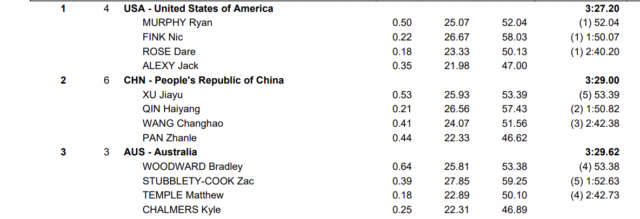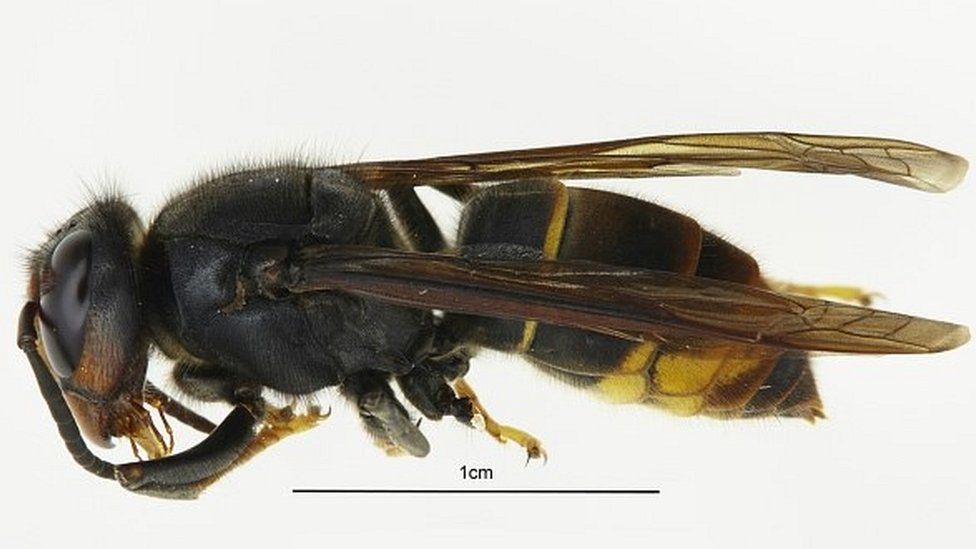A group of Minnesota legislators is urging the U.S. Census Bureau to reclassify several Asian ethnicities including Hmong people, arguing that the current classifications harm marginalized communities and diminish their experiences.
The seven lawmakers, who belong to the Minnesota Asian Pacific Caucus, wrote Census Bureau Director Robert Santos last month that they "rely on accurate data to make good policy decisions" and expressed concern "about the impact this misclassification will have" in 2020 census data sets.
Such data helps determine where and how resources should be allocated, based on a community's needs and socio-economic background.
The lawmakers, along with a host of national Hmong and Southeast Asian organizations, are asking the Census Bureau to work with community groups, state demographers and other stakeholders to reclassify Hmong from "East Asian" to "Southeast Asian," Lahu and Tai Dam from "Other Asian" to "Southeast Asian," and Urdu from "Other Asian" to "South Asian." The letter from the Minnesota legislators was first reported by AsAmNews.
Activists discovered the current classifications two years ago, when the bureau released its 2020 redistricting data. They believe the classifications fail to recognize each group's specific needs, because they're either too broad or they lump together groups — all of which have roots in China — with ethnicities having different socio-economic characteristics.
They also say the classifications raise questions about the quality of the Census Bureau's engagement with marginalized Asian American communities just before the long-awaited release of more 2020 census data. Census Bureau officials did not respond to a request for comment on this story.
The classifications speak volumes about who was advising the Census Bureau, said Rep. Liz Lee, DFL-St. Paul, who signed the June letter.
The bureau "started this new initiative with new classifications and sub-regions, and they didn't do proper stakeholder engagement — or they weren't transparent with what they're doing," said Lee, who was elected last year to represent the East Side, home to many Hmong residents.
The Congressional Asian Pacific American Caucus also is looking at the issue, said Lee, who has worked as a congressional aide to U.S. Sen. Amy Klobuchar, U.S. Rep. Barbara Lee, D-Calif., and then-U.S. Rep. Keith Ellison.
"What we are seeing is a real threat in seeing our communities being institutionally erased and divested in as a result of this miscoding and misclassification," said Quyen Dinh, executive director of the Southeast Asia Resource Action Center (SEARAC) in Washington, D.C.
Dihn said that one of their Minnesota partners found that although most Asian Americans affected by COVID-19 were Hmong, no resources specifically targeted that community. "This is just a snapshot at how the lack of data has led to a lack of investment in our communities for decades," she said.
This is the first time the Census Bureau is releasing data sets, or "products" as the bureau calls them, with regional classifications. People will no longer be categorized only as Asian, but rather as East Asian, South Asian, Southeast Asian and so on. The bureau is preparing to release products on demographics and housing in the coming months.
The decision to release regional classification data, Dinh said, is questionable to begin with. SEARAC prefers the use of disaggregated data, which does not classify different ethnic groups together in broad categories. Classifying Hmong people as East Asian along with Japanese, Korean and Chinese people is a prime example.
Lee Pao Xiong, director of the Center for Hmong Studies at Concordia University in St. Paul, noted that while Hmong people originated in China and many still live there, they mainly came to the United States from Southeast Asian countries during and after the Vietnam War.
"There's a huge disparity and discrepancies in terms of education, in terms of economics, when you compare the Hmong and people from China and people from Korea and Japan," Xiong said. "We came here as refugees."
According to data from SEARAC, nearly 60% of Hmong Americans rank as lower-income, and one in four lives in poverty. In addition, 56% of Hmong American high school graduates did not finish college, compared with 32% of all Asian Americans.
To a number of community leaders, categorizing Hmong people as East Asian obfuscates their recent history and path to the United States. The same reasoning is behind the requests for more specificity in classifying the Urdu, Tai Dam and Lahu, who are all placed in the "Other Asian" category instead of regional categories that better reflect where their populations mostly came from.
State demographer Susan Brower agrees. In a letter this spring to the director of the U.S. Office of Management and Budget (OMB), Brower and senior demographer Eric Guthrie wrote that categorizing Hmong people as East Asian was of "particular concern." OMB sets the minimum standards for race and ethnicity data collection that the census must meet.
"While the Hmong population did originate in China, the vast majority of foreign-born Hmong residents came to the U.S. from Southeast Asia where their families have lived for centuries," Brower and Guthrie wrote.
In the 2021 Census Bureau-administered American Community Survey, 95% of Hmong respondents identified themselves as Southeast Asian. The Census Bureau and the federal government owe it to them to make this correction, Dihn said.
"This issue isn't just about a checkbox or being counted correctly; it's really about understanding the power of the Hmong community," she said.
Adblock test (Why?)
"asian" - Google News
July 30, 2023 at 02:01AM
https://ift.tt/UAxufKl
Census Bureau's classification of Asian ethnic groups is harmful, some Minnesota lawmakers say - Star Tribune
"asian" - Google News
https://ift.tt/Jn27hz4
Shoes Man Tutorial
Pos News Update
Meme Update
Korean Entertainment News
Japan News Update










